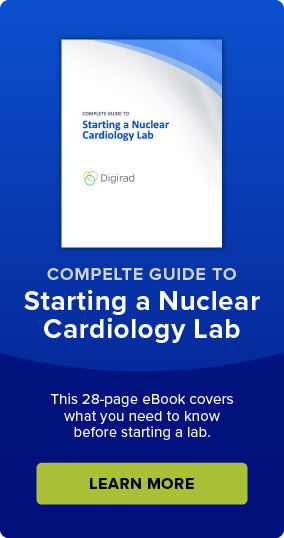In today’s competitive environment, it’s important to continually reinvest in your practice so you can provide patients with the highest quality of service. Through Section 179 of the IRS tax code, the U.S. government provides a way to encourage small business owners to take that financial leap.
What is Section 179?
Section 179 allows business owners to deduct the full purchase price of qualifying equipment and software that was purchased or financed during the tax year, rather than depreciating it over the asset’s useful life. This much-needed tax relief may be the motivation to buy equipment sooner than later and ultimately help grow your practice. When considering a significant purchase, the Section 179 tax break could be the opportunity for many physicians to purchase or upgrade equipment, offer new services, or open a new office.
How does it work?
If, during a specific tax year, your practice purchases, finances or leases less than $2 million in new or used equipment, and puts it to use by December 31 of the same year, you should qualify for the deduction. Equipment can include machinery, computers, software, office furniture, vehicles, or other tangible goods.
Specifically created for the benefit of small business, Section 179 also comes with some protective margins. For 2016, a maximum of $500,000 can be written off and the total equipment purchased for the year must be less than $2 million. Once you reach the $2 million mark, the deduction allowance decreases. In order to take full advantage of the tax break, it’s important to stay within the guardrails.
Section 179 also includes a 50% bonus depreciation for 2016, which may or may not be offered in future years. This depreciation is generally taken after the spending cap is reached and is available for new equipment only.
Make your move
Keep in mind that the tax code is never set in stone, and can be amended or repealed each year. If you are considering the purchase or upgrade of your nuclear imaging equipment, Digirad’s nuclear gamma cameras qualify for the generous Section 179 tax treatment. For more information on Section 179, including a list of qualifying items, an illustrated calculation example, and an interactive tax deduction calculator, visit the official website.




